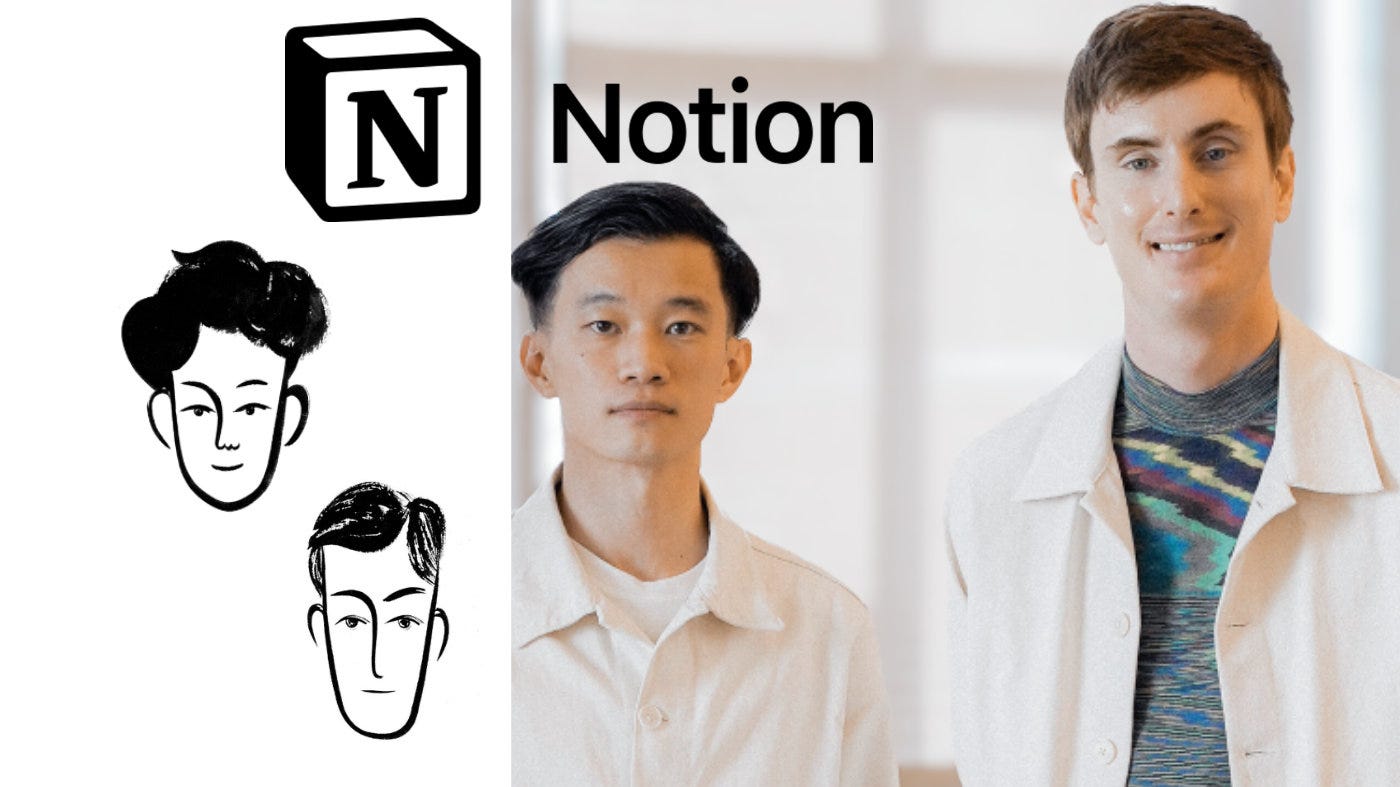The Product Strategy Notion Uses to Hide The Next Software Revolution Inside A Productivity App
How a near-bankrupt startup disguised the future of software development in a simple note-taking app and created a new class of millionaire entrepreneurs
Picture this: Your team is gone. You're weeks away from shutting down your startup.
You’ve had to sublet your San Francisco office and survive on ramen in Kyoto, Japan, to rebuild your product from scratch because no one wants to be part of the revolutionary vision you’ve just spent the past three years building.
This was Notion CEO Ivan Zhao's reality in 2015.
Zhao’s audacious dream: Empower anyone to build custom software without coding.
The problem?
His first version of Notion was exactly what he envisioned, but nobody could figure out how to use it.
The Phoenix Rises
After the Kyoto rewrite, Notion relaunched in 2016 to rave reviews as a best-of-breed note-taking app.
But deep inside, it was still the same powerful software development environment that had previously overwhelmed users. Only now, it was disguised as a user-friendly productivity tool.
The result?
Casual non-coders like Thomas Frank accidentally stumbled into building million-dollar software businesses.
The Thomas Frank Effect
Frank was already a successful YouTuber with 3 million subscribers who initially used Notion to better manage his productivity channel for students.
Yet the deeper Frank dug, the more sophisticated his Notion-based management system became.
He started selling his end-to-end creator management system "template" as a product, scaling from zero to $2.5 million in just three years.
Frank effectively became a millionaire software entrepreneur without writing a single line of code.
Not through AI, as Lovable does, but through simplicity and UX excellence wrapped around a sophisticated software platform.
In one of the more subtle, layered, and brilliant product redevelopment and go-to-market strategies in recent memory. Notion has achieved a $10 billion valuation by launching a software revolution so invisible that millions are using it to manage their day-to-day tasks and notes without even knowing they've become developers.
Let's decode the strategic choices behind exactly how they did it.


